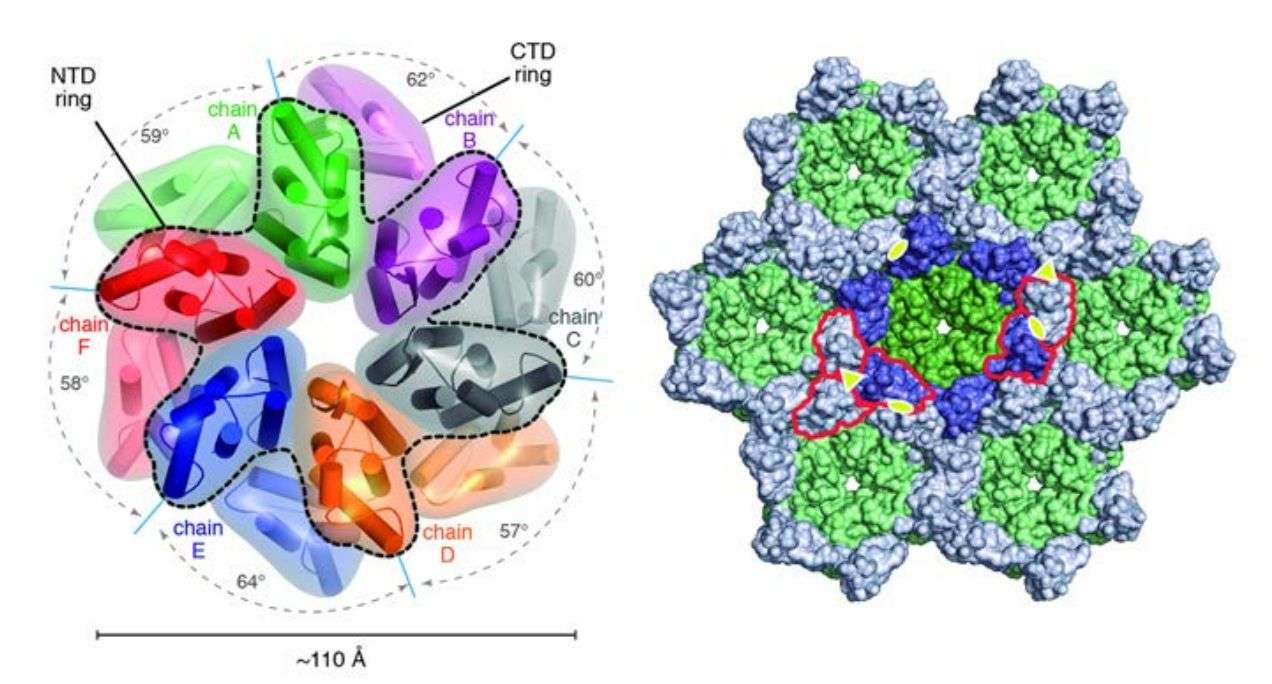Structural Research of Bovine Leukemia Virus
Bovine leukemia virus (BLV) is a retrovirus that causes endemic bovine leukemia in cattle, resulting in significant losses in the cattle industry. Research has found that BLV may be integrated into the genomic DNA of B lymphocytes as a DNA intermediate (provirus) or in an unintegrated circular or linear form. A few BLV-infected cows develop clinical disease, with the main symptom being the development of a tumor (lymphosarcoma). There is no treatment for BLV or bovine lymphosarcoma, and there is no effective vaccine to control the disease. Therefore, exploring the structure of BLV and aiding the development of vaccines and antiviral drugs is essential to reduce its spread and the economic losses it causes.
 Figure 1. Schematic structure of bovine leukemia virus (BLV) virus particles. (Marawan MA, et al., 2021)
Figure 1. Schematic structure of bovine leukemia virus (BLV) virus particles. (Marawan MA, et al., 2021)
Genomic Composition of BLV
The genome of BLV consists of diploid single-stranded RNA molecules containing structural protein genes, enzyme-coding genes, the pX region, and two identical long terminal repeats located at both ends of the genome. The 5'- and 3'-LTR transcriptional promoters that contain Tax proteins are comprised of three major regions, U3, R, and U5. In addition, mutations in the LTR region accelerate the synthesis of BLV particles, leading to a more intense immune response in cattle. The gag genes are highly conserved and are cleaved by proteolytic enzymes into three major non-glycosylated proteins: p12 nucleocapsid, p24 capsid, and p15 matrix. The viral protease p14 (pro gene) is responsible for post-translational maturation of BLV. The pol gene encodes the reverse transcriptase and integrase enzymes responsible for reverse transcription and integration of BLV proviral DNA into the host genome, leading to infection.
Progress in Structural Research on BLV
BLV is a single-stranded RNA-RT virus with a spherical or rod-shaped morphology and a diameter of approximately 60 to 125 nm. It is encapsidated by a double-membrane structure, and its nucleocapsid exhibits icosahedral symmetry. The structural protein Gag of BLV is present in all retroviruses and encompasses the matrix (MA), capsid (CA), and nucleocapsid (NC). Previous research has shown that Gag is required for the viral assembly process and packaging of genomic RNA to produce infectious particles. The researchers obtained structural data on BLV Gag by small-angle X-ray scattering (SAXS) to model the starting point of Gag-small molecule interactions, laying the foundation for the development of a new class of antiviral drugs.
 Figure 2. Structure of BLV CA and crystal packing. (Obal G, et al., 2015)
Figure 2. Structure of BLV CA and crystal packing. (Obal G, et al., 2015)
BLV is closely related to human T-lymphotropic virus type 1 (HTLV-1), and thus the BLV experience can be utilized to understand HTLV-1-induced diseases such as ATL (adult T-cell leukemia) and HAM/TSP (HTLV-1-associated myelopathy/tropical spastic paraplegia)-like neurological disorders. In addition, structural analyses have contributed to the development of a multi-epitope vaccine against BLV, which is of extraordinary importance for the prevention of bovine leukemia.
VLPs, a type of subunit vaccine, have the outstanding advantages of being safe, efficient, and enabling differential diagnosis. As a leader in research on the structural biology of viruses, Creative Biostructure provides high-quality virus-like particles (VLPs) products to help clients develop the optimal form of vaccine candidate to replace traditional inactivated vaccines.
| Cat No. | Product Name | Virus Family | Source | Composition |
| CBS-V549 | Bovine leukemia virus VLP (PrGag Proteins) | Retroviridae | Mammalian cell recombinant | PrGag |
| Explore All Bovine Leukemia Virus VLP Products | ||||
In addition, Creative Biostructure can provide viral structure analysis services using cryo-electron microscopy (cryo-EM). This allows clients to obtain timely information on the 3D structure of viruses and understand their mechanisms of infection. We can analyze the structural data and present them using visualization tools. This will help clients understand the structural features of viral proteins and possible drug targets.
Our team includes experienced biochemists or structural biologists who can provide expert advice and answers for a wide range of viral structure research. You can ask questions, seek advice on experimental design, or discuss issues related to the field. If you are interested in our services, please feel free to contact us.
References
- Marawan MA, et al. Bovine Leukaemia Virus: Current Epidemiological Circumstance and Future Prospective. Viruses. 2021. 13(11): 2167.
- Obal G, et al. STRUCTURAL VIROLOGY. Conformational plasticity of a native retroviral capsid revealed by x-ray crystallography. Science. 2015. 349(6243): 95-98.
- Qualley DF, et al. Solution Conformation of Bovine Leukemia Virus Gag Suggests an Elongated Structure. J Mol Biol. 2019. 431(6): 1203-1216.
- Lv G, et al. The Global Epidemiology of Bovine Leukemia Virus: Current Trends and Future Implications. Animals. 2024. 14(2): 297.
